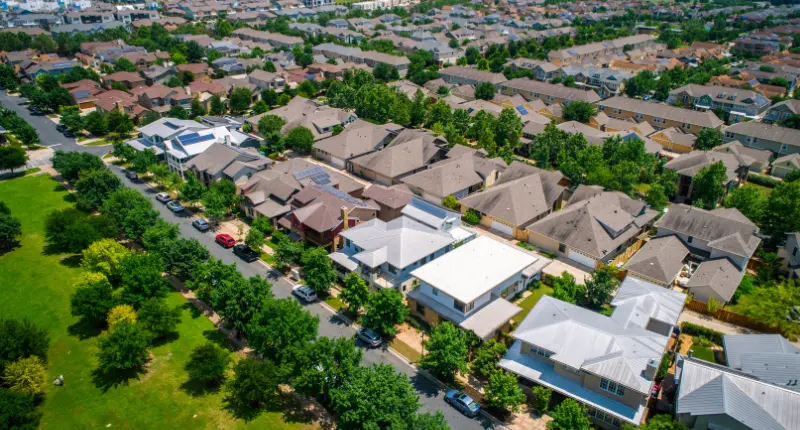
- Majority of rental properties are owned by an individual owning at least 2.6 rental properties
- Landlords made record-breaking profits during 2020-21
- Better Renting Executive Director says government action needed to ease the burden on renters
New taxation statistics from the Australian Taxation Office (ATO), as analysed by Better Renting, show that the majority of rental properties (51.1%) are owned by an individual owning at least 2.6 rental properties.
According to the data, since 2010-11, the number of landlords making a rental profit has been steadily increasing.
Moreover, in 1999-2000, 76.4% of individuals had just one property interest, 23.1% had two to five interests, and 0.50% had six or more interests. In 2020-21, these figures were 71.48%, 27.64%, and 0.89%, respectively.
Over time, the number of small-scale landlords has dwindled and landlords with large holdings have become more common.
Indeed, 2020-21 proved to be the most lucrative year on record for investors, with 53% of landlords making a total profit of over $10 billion.
This new data stands in stark contrast to the overwhelming number of single parents who are struggling to secure safe housing for their families, with just a paltry 0.1% of listings considered affordable.
Furthermore, despite the pain of rising interest rates, new research has shown that renters could be more financially worse off, as landlords have passed on the rate hikes to their tenants.
Change in net profitability over time

Better Renting Executive Director Joel Dignam says the data shows the reality of just how good landlords have it.
“If you are lucky enough to own a rental property, consider stopping to smell the roses,” Dignam said.
“You own more property than most people ever will.”
Dignam added that if you rent, it is more likely than not that your landlord owns, on average, 2.6 investment properties, in addition to their own home.
“These people are usually wealthy and the data shows that while renters were tightening their purse strings during Covid, landlords were making bigger profits than ever.”
Dignam says Better Renting estimates that in 2020-21, taxpayers subsided landlord losses to the tune of over $2 billion.
“It is unclear why our government continues to give tax handouts to wealthy investors while refusing to contemplate action to help reduce the burden that runaway rent increases are placing on the roughly one-in-three Australians who rent their homes.
“I think most of us struggle to understand just how well off landlords actually are. If you’re a homeowner struggling with mortgage payments, you have much more in common with the renter next door than someone who owns their home plus two others,” he said.







